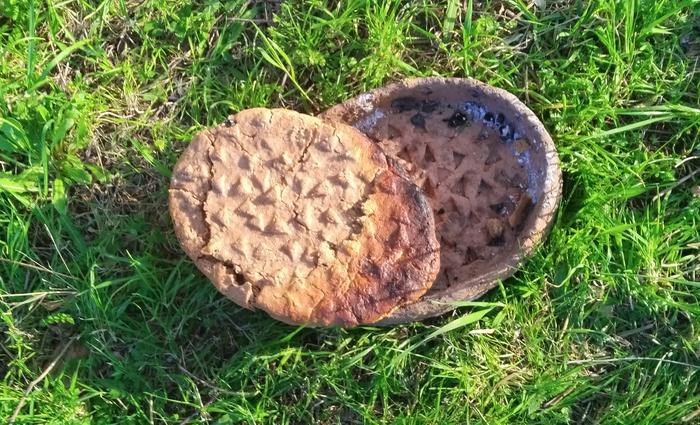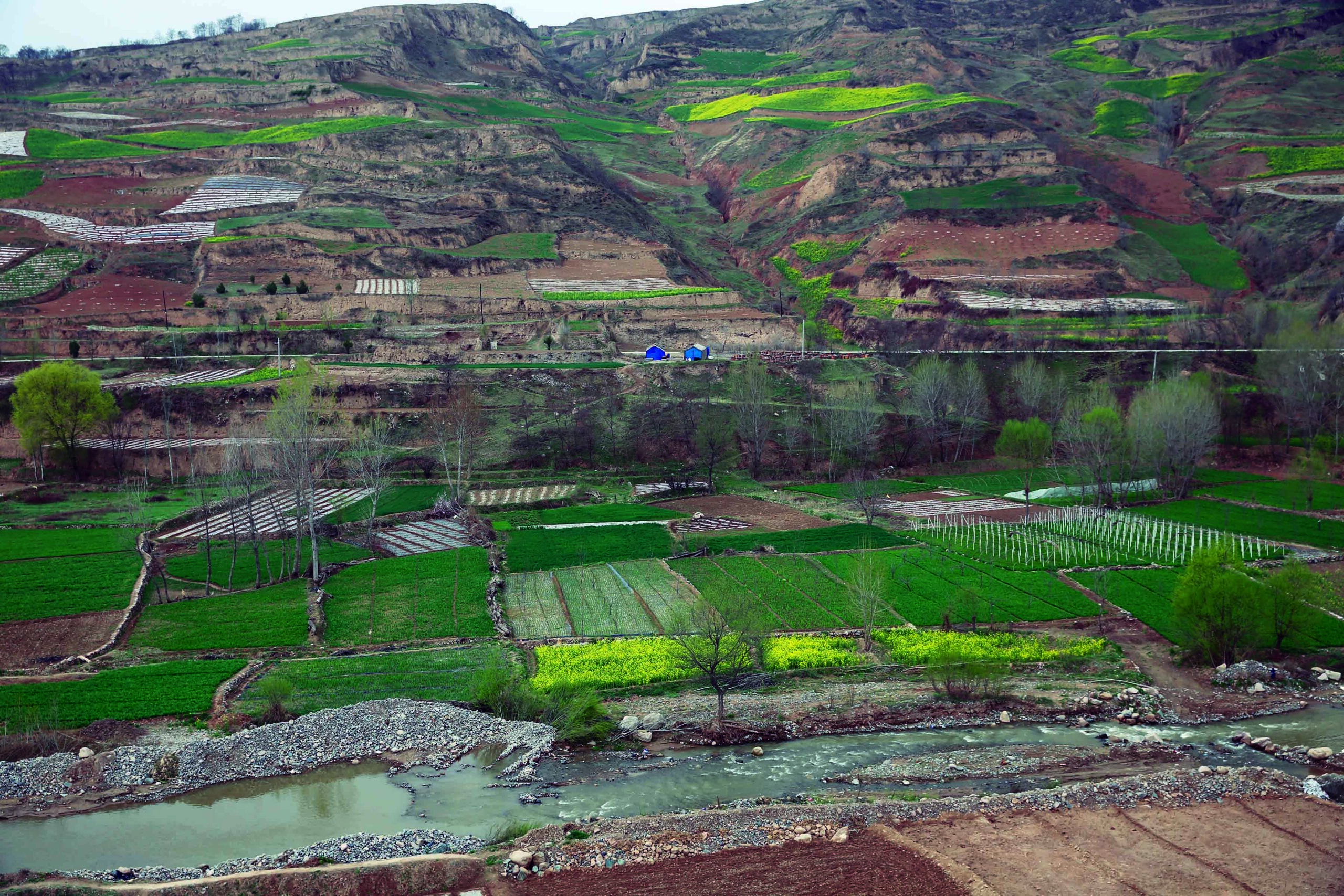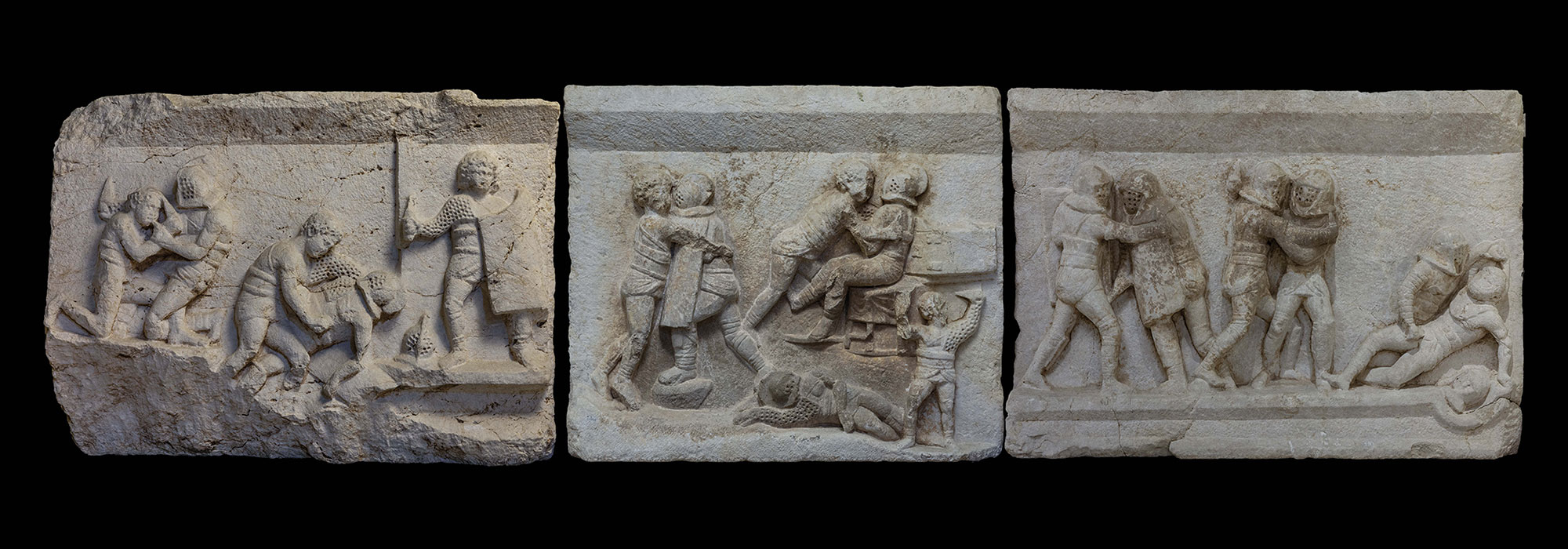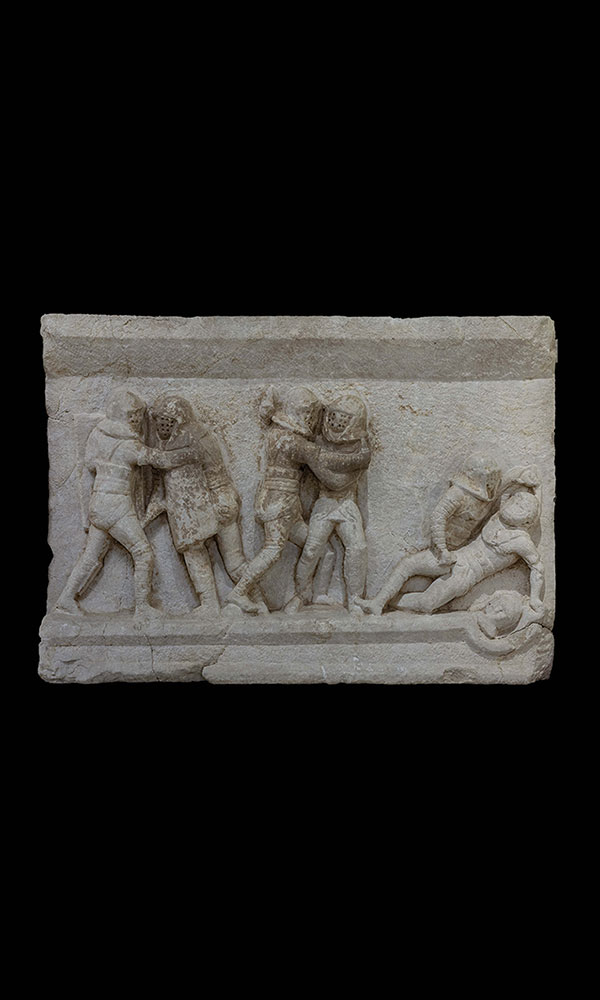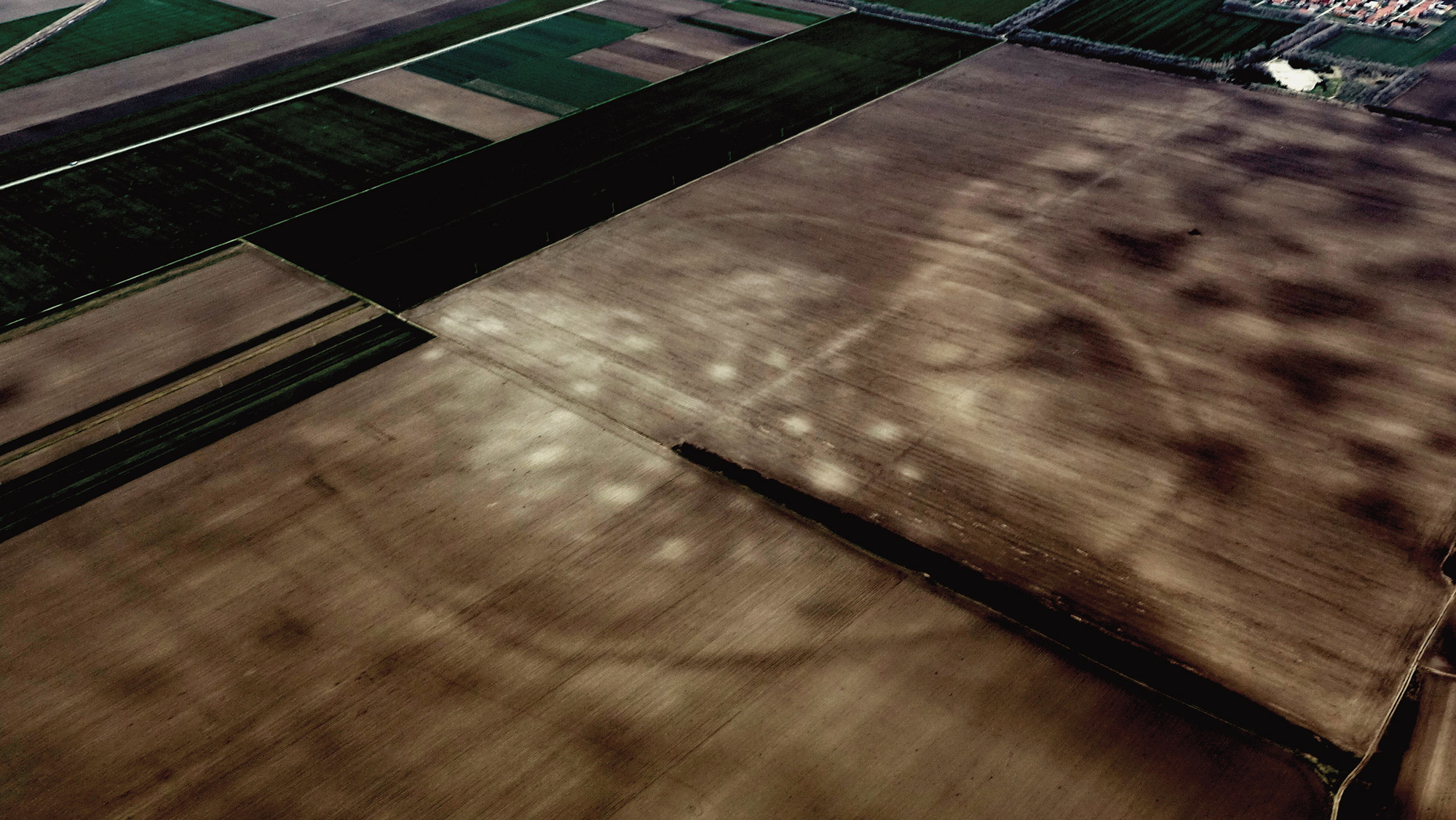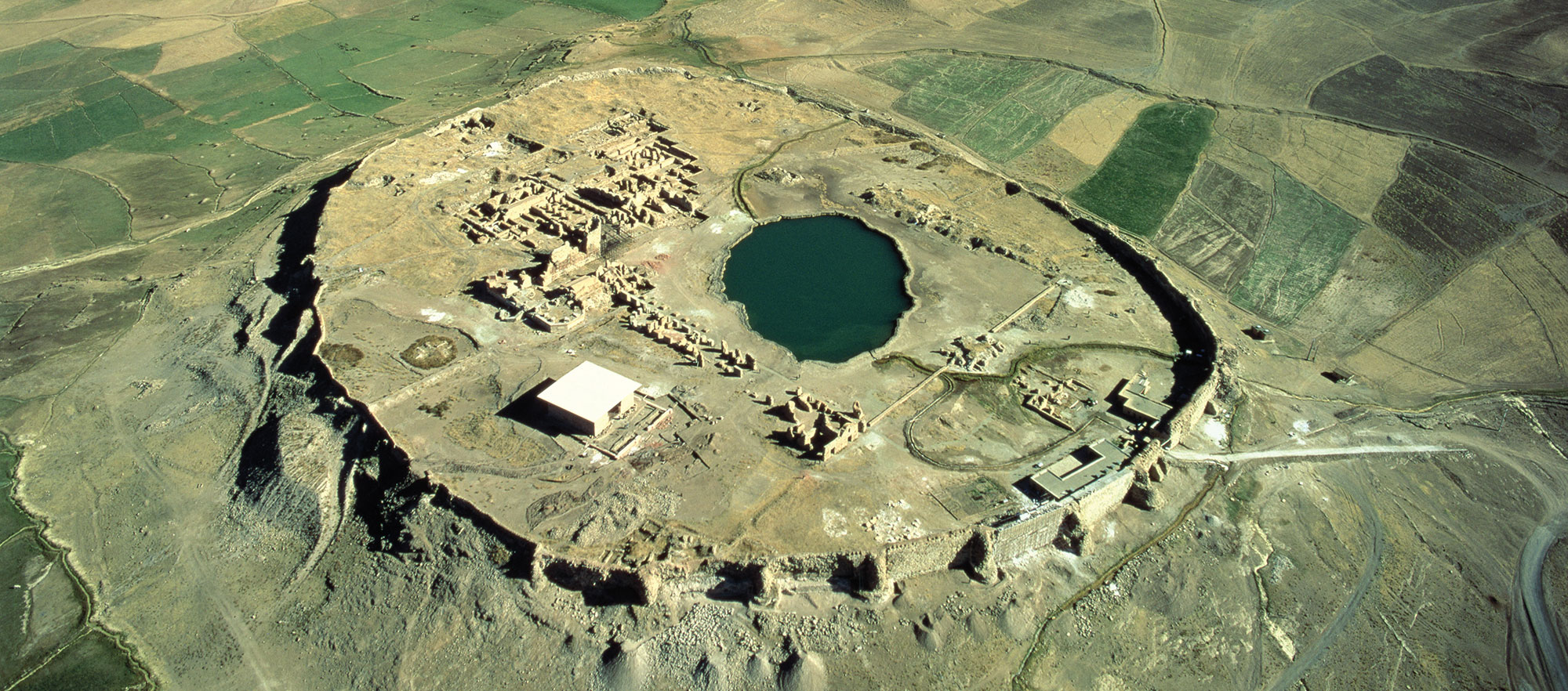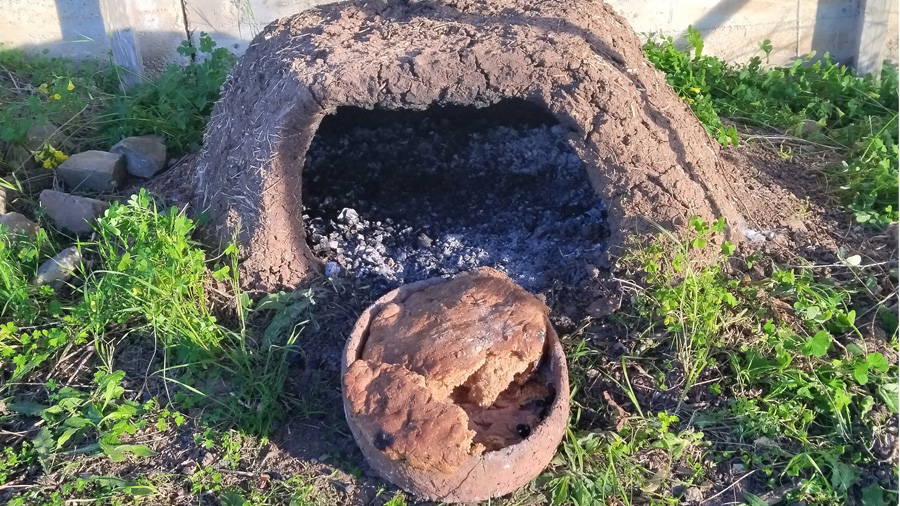
BARCELONA, SPAIN—According to a statement released by the Autonomous University of Barcelona (UAB), researchers from the UAB, Rome’s University La Sapienza, the Milà I Fontanals Institution, and France’s University of Lyon suggest that Late Neolithic farmers living in the Fertile Crescent region of the Near East baked large loaves of bread on specialized trays. Fragments of these trays have been recovered from the archaeological sites of Mezraa Teleilat, Akarçay Tepe, and Tell Sabi Abyad. Called husking trays, each container featured a large oval base and low walls made of coarse clay. Rough impressions or incisions were arranged on the interior surfaces of the trays, probably to allow a baker to remove a finished loaf from a tray more easily. Analysis of residues on the tray fragments identified wheat and barley flours, traces of animal fat, and plant-based seasonings. The size of the trays suggests that the flavored bread loaves were shared at communal meals, concluded Sergio Taranto of the UAB and La Sapienza. Read the original scholarly article about this research in Scientific Reports. To read about evidence for baking unleavened bread in Jordan more than 14,000 years ago, go to "The First Bakers," one of ARCHAEOLOGY's Top 10 Discoveries of 2018.


